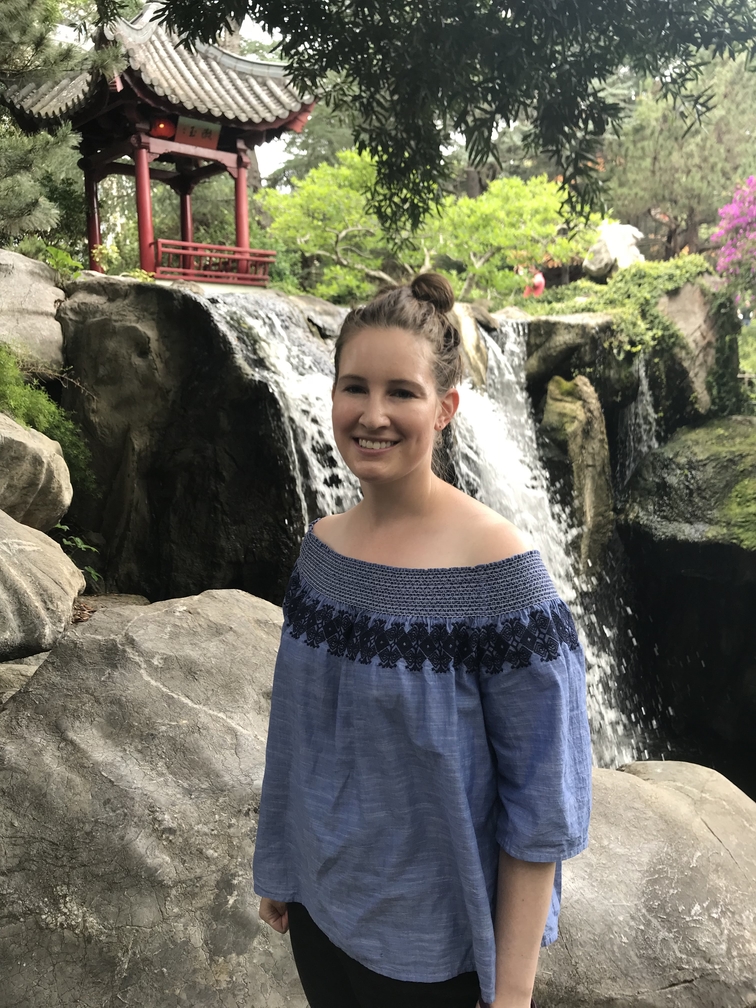By: Abbey Thiel
Following in the footsteps of the open source software movement, seed varieties are being pledged as open source, providing an alternative beyond the expensive, licensed options currently on the market. Both these industries are plagued by strict regulation, high cost of entry, and a maze of intellectual property laws. To understand our current agricultural predicament, let’s take a walk through history.
For thousands of years, it was the humble farmer who was responsible for crop breeding. Although the science behind plant genetics may have eluded them, farmers successfully began selectively breeding for desired traits like increased yield, pest resistance, or flavor. It wasn’t even until the late 19th century that plant breeding became a scientific discipline.
In fact, humans have been selectively breeding crops ever since plants were domesticated around 10,000 years ago [1]. During most of this time, humanity had an agricultural system based on allowing a row or two of crops to mature and flower. Seeds were harvested, dried, and saved for the next season. Maybe passed on to a neighbor or two. Sharing was implied and everyone benefited from any innovation in crop varieties.
Any progress achieved today inherently relies on breakthroughs from the past. For example, it was nearly 9,000 years ago when the people of Mesoamerica domesticated maize from its wild relative teosinte. Teosinte had 6-12 tiny kernels encased in a stony jacket, a far cry from its modern-day ancestor maize [1]. This was a lengthy process, which entailed diligently selecting for desired traits year after year. The only reward for this labor was a better crop in the years to come.
This cooperative practice is in stark contrast to today’s agricultural system where commercially available maize varieties are controlled through countless amounts of patents, user-agreements, and trade secrets. That cucumber you got from the store is most likely owned by a large seed company.
Not the farmer who grew it, nurtured it, and harvested the crop.
In fact, for patented or ‘bag tag’ licensed seeds, the farmer is really just renting or leasing the seeds from agrochemical companies for that particular year. There’ll be no saving seeds, sharing, breeding, research, or planting next year. The actions of farmers have become increasingly restricted, and potentially involving many legal consequences.
So, how did we shift from a system based on seed sharing to an increasingly restrictive and legalistic approach?
Interestingly, the source of this transition is largely based on the ruling of the United States Supreme Court in 1980 on the case of Diamond v. Chakrabarty. Here, Chakrabarty was fighting to patent a bacterium he had genetically engineered, and the court ruled for the first time that living organisms could be patented. Before this decision, it was well accepted that organisms including plants, microorganisms, and animals were products that belonged to nature, not an individual human. This opened the floodgate for plants to be patented and more profitable.
What’s unique about licensing plants is that anything from a new cultivar to a distinct trait can be patented. If a breeder identifies how to grow blue tomatoes and files for a patent, it’s possible to restrict any other type of blue tomatoes from being sold. If the patent is specific enough, it won’t matter if other blue tomatoes are produced or grown in a different way, they will not be allowed to enter the marketplace.

Image by Olaf Schwenk from Pixabay
This means for 20 years the patent holder will essentially have a monopoly on the intellectual property behind the product. The patent can also bar farmers from collecting seeds and saving them for next year, in addition to prohibiting others from researching the new discovery. Although the idea behind patents and other means of intellectual property is to inspire innovation, for the seed industry, it has widely resulted in centralization of power.
Currently, four seed firms – Bayer, Chem-China, Corteva, and BASF– own over 70% of global proprietary seed sales, which includes most of our food crops. This trend of consolidation has been occurring since 1996 where almost all of the small seed companies have either been acquired or merged with larger firms [2]. Professor Philip Howard, who studies food systems at Michigan State University, illustrates these changes in a fascinating infographic.
In the midst of an increasingly restrictive seed industry, a call for change is happening at the grassroots level. It’s known as the Open Seed Source Initiative (OSSI), which models itself after the open source software movement. Just like open source software, which has provided an alternative for expensive, proprietary programs, the OSSI plans to counterbalance the growing regulation of plant genetics, by making resources available to all. The OSSI aims to maintain a collection of seeds that are accessible to anyone to grow, save, share, research, and replant.
To get a better understanding of the future of proprietary seeds, farming, and who owns what, I sat down with Dr. Irwin Goldman. Not only is Goldman a professor of Horticulture at the University of Wisconsin-Madison who studies beets, carrots, and onions, but he is also one of the founders of the OSSI.

I first asked Goldman to get me up to speed on the history of OSSI. He explained that the organization was founded in 2014 by a group of concerned plant breeders, gardeners, citizens, and seed companies that saw an ever-growing fraction of seeds and plant traits being patented, restricted, and exempt from research. To counteract the couple of dominant agrochemical companies, the group wanted to carve out a new space where breeding, playing, and sharing seeds was highly encouraged.
Goldman went on to describe the movement as “a way to place seed varieties in a “protected” commons, allowing free and open access to plant genetic resources but ensuring that these resources cannot be locked up through patents or licenses.”
The organization functions by granting an ethical certification of “open source” similar to that of “fair trade” in the food industry. The difference is, OSSI does not get any monetary returns. It’s a non-profit that’s sustained by a group of volunteers and donations. Instead, the group collaborates with seed companies to sell OSSI-pledged varieties.
To promote the idea of open source, any pledged seeds have OSSI’s pledge printed on its packaging. It’s the hope that any seeds passed on will continue to be forwarded with the pledge below:
You have the freedom to use these OSSI-Pledged seeds in any way you choose. In return, you pledge not to restrict others’ use of these seeds or their derivatives by parents or other means, and to include this Pledge with any transfer of these seeds or their derivatives.
Goldman pointed out that by design, the mega-seed companies won’t use the OSSI-pledged seeds in their breeding, since any progeny created would become open source. OSSI is not against big seed firms, however, the organization does believe in diversity and wants to ensure that in a future where things are likely to get even more restrictive, there’s an open space where plant breeders and researchers can experiment.
When OSSI launched, its open source collection contained 36 varieties. Almost six years later, the organization boasts over 60 different crops and 415 varieties. Not to mention, consumers are seeing OSSI-labeled products for the first time at the co-op Good Earth Natural Foods based in California. At the co-op, OSSI crops are advertised as such, to help educate consumers about who actually owns the seeds used to grow their food.
When asked what his greatest hopes and dreams are for OSSI, Goldman fondly describes the initiative as a way to leave something for future generations. He compares it to the National Park System, but for seeds.
A place that is always open and available. That is accessible to all in perpetuity, in hopes that one day, the collection includes seeds of all the major crops important to mankind.
Thank you to Dr. Goldman for being very generous in sharing your time and knowledge!
To find out more about the OSSI check out their website at https://osseeds.org
If you want to view the OSSI-pledge varieties, the catalog can be found here https://osseeds.org/seeds/
Sources
- Luby, Claire H., Jack Kloppenburg, Thomas E. Michaels, and Irwin L. Goldman. 55.6 (2015): 2481-2488.
- Mooney, Pat. “Blocking the Chain: Industrial Food Chain Concentration, Big Data Platforms and Food Sovereignty Solutions.” ETC Group, July 2018, www.etcgroup.org/content/blocking-chain.
- Featured Photo by Megha Mangal from Pexels

Abbey Thiel | Linkedin
Abbey discovered that food science was a real major while attending University of Wisconsin-Madison, and quickly transferred into the department. After graduating with a B.S. in food science, she decided to stay in Madison to pursue her PhD. Her research explores the fat network found within ice cream, and yes, there’s lots of ice cream parties! If not found sitting at a microscope for extended amounts of time, Abbey enjoys the great Midwestern sport of log rolling (Google it) and laughing really loud. She is also very busy passing on her passion for food science to her two-year-old niece, whose favorite color is bacon and has hopes of growing up to be soup.






Leave a Reply